Vizag & Araku Valley
Running along the East and West coast of Southern India are the ranges of Eastern and Western Ghats respectively. The Western Ghats runs close to the coast intersecting it at several places, thus creating a unique combination of hills and seas. On the other hand the majority of Eastern Ghats runs considerably away from the coast but it does intersect the coast line only at a few places thus creating a unique spectacle of sea and hills. Vishakhapatanam, lovingly called Vizag is one such place on the East Coast offering a dramatic contrast of hills and sea. The unique combination of the Eastern Ghats and the Bay of Bengal not only provides Vizag with a dramatic landscape but also provides it with a natural harbor, which has attracted mariners for centuries. Today taking advantage of the natural harbor, Vizag is a major port on the east cost of India and doubles up as a flourishing industrial town complete with ship building yards and steel plants. It is also the headquarters of Eastern Naval Command of the Indian Navy. On the other hand natural beauty of Bay of Bengal and Eastern Ghats have turned Vizag into a must visit tourist destination.
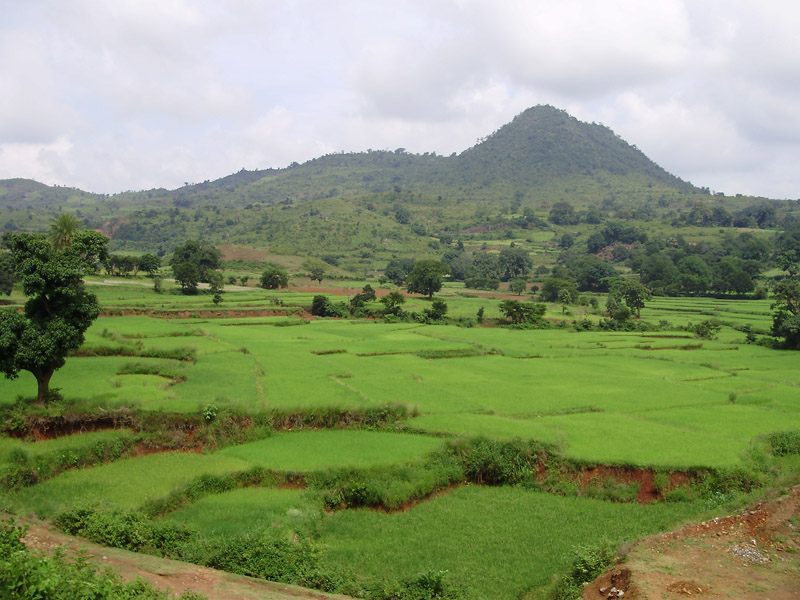
Legends & History:
Legend has it that during the 4th century AD a South Indian King was passing through present day Vizag on the way to Kashi (Varanasi) for a pilgrimage. He was so fascinated by the beauty of the place that he decided to build a temple dedicated to Goddess Visakha, the Hindu God of Valor. The place came to me known as Vishakhapatanam. Sadly the temple has long been engulfed by the advancing waters of the Bay of Bengal but name remains and so does the enchanting beauty of Vizag.
In 1498 Vasco da Gama Landed on Calicut, on the Western Cost of India, thus establishing a sea route between Europe and India. A hundred years later the Europeans started making inroads into the Eastern Coast of India. Naturally Vizag with a dramatic combination of Eastern Ghats and Bay of Bengal and blessed with a natural harbour attracted their attention. It was probably the Dutch who first took advantage of the natural harbour and settled at Bhilipatanam about 30 km north of Vizag. Other European powers soon followed turning the ancient pilgrimage into a flourishing port.
Strangely it was not the Europeans who first took advantage of the natural harbor. The history of Vizag as a port town dates back far beyond the days of the Christ. During the second century BC Vizag was ruled by King Vishka Verma and was under the Kalinga kingdom, of Ashoka, no doubt Vizag had it Buddhist influence. It was probably the Buddhist monks who first took advantage of the natural harbour and the hills to build their monasteries and centres of learning. Built on hill tops these Monasteries, provided natural protection against invading armies, and a proximity of a natural harbour gave them the opportunity to keep in touch with the outside world. Thus attracting students and scholars from far of lands extending all the way to China, Japan & Korea.
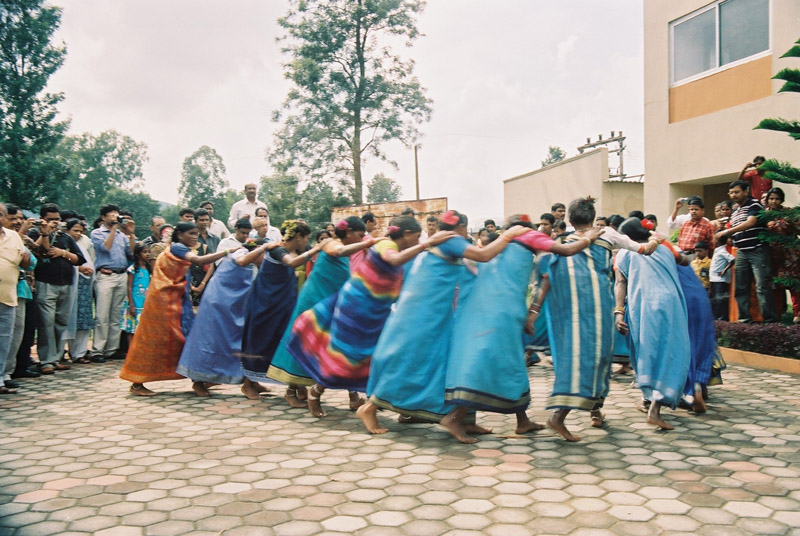
Vizag ~ a tourists’ paradise:
Today Vizag is an important tourist spot attraction tourist not only from all over India but even from outside. From theme parks to ancient ruins and from thousand year old temple to special interest museums Vizag has something more to offer apart from his spectacular landscape of sea and hills. But no trip to Vizag is complete without a visit to the spectacular Araku valley and the Bora caves.
R K Beach: R K beach is Vizag’s very own beach and the most happening place of the town. Named after the Bengali spiritual leader Ramkrishna Paramhansa and is lovingly known as R K beach in Vizag. A small temple of Ramkrishna Mission is located just off the beach and can be considered as an oasis of peace among the busiest localities of Vizag.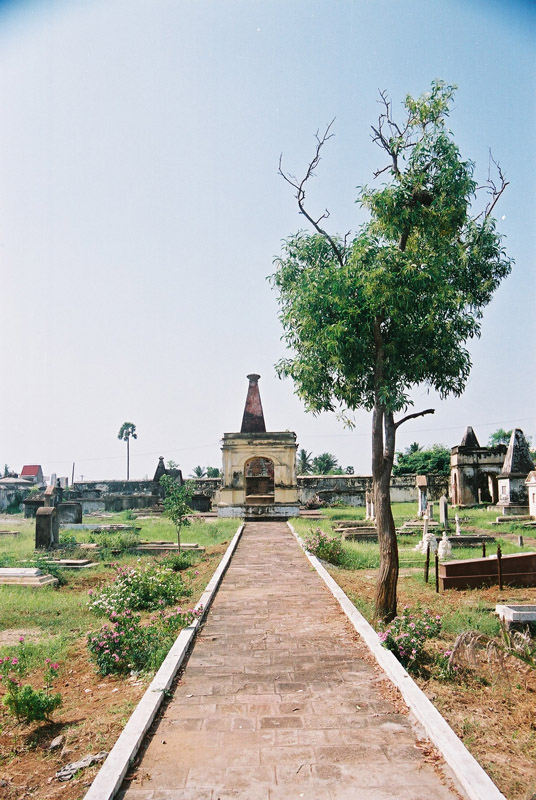
The beach is an interesting combination of sand and rocks. The green moss covered rocks creates a striking contrast with the deep blue waters of Bay of Bengal. The rocks are scattered all over the beach and it is risky venturing into the sea. A large board says that “bathing is the sea is strictly prohibited” and it also provides a statistics of the number of bathers killed in R K Beach. A large number of people, tourist and locals alike, are brave enough to ignore the warning and are taking on the plunge. The road along the beach is beautifully decorated with sculptures and murals. The beach front is lined with statues of ancient kings to freedom fighters and national leaders.
The beach is a shoppers’ paradise and a foodies’ delight. Hawkers sell anything from sea shell jewelry to household items all over the beach. But the most crowd pullers are the makeshift food stall selling anything from South Indian fare to Chinese chowmein. The juice stalls make a brief business selling fresh fruit juice and milk shakes of different flavors.
R K Beach is the best place to spend the evening in Vizag, as locals & tourist spend endless hours munching on roasted peanuts and watch the waves of Bay of Bengal crush against the rocky shores of the Eastern coast. As the night descends the light house located at the far South end of the beach, atop the Dolphin Nose, comes into life with its flashing lights.
Attraction on R K Beach:
- Submarine Museum
- Visakha Museum
- Aquarium
- Victory at Sea Memorial
Submarine Museum: The submarine is Vizag’s prime attraction. Housed in the Russian made Kurusura Submarine, which was built in 1969 in the former USSR the Kurusura served in the Indian Navy from 1970 to 2001 when it was decommissioned and turned into a museum.
Today the Kurusura Submarine stands on the R K Beach, serving as Asia’s only submarine museum. A limited number of persons are allowed in at a time and navy officers explain in details the working mechanism of the submarine. There are models and write ups which not only explains the operation of the nuclear powered submarine but also life size models give an insight into submariners’ life in the cramped compartments of a submarine.
Visakha Museum: Located on the R K Beach road the Visakha Museum is housed in an old Dutch Bunglow and contains interesting artifacts.
Aquarium: Matsyadarsini or Aquarium is located on the R K Beach containing 20 tanks, both marine and fresh water, of various sizes. It contains several species of fishes as well as a large collection of marine invertebrates.
Victory at Sea Memorial: The Victory at Sea Memorial commemorates the victory of Indian Navy over its Pakistani counterpart during the Indo – Pak war of 1971, when the port of Vizag was attacked by the Pakistani submarine Gazni. The Indian navy soon over powered its Pakistani counterpart and the victory came to be known as “Victory at Sea.” Today a memorial stands, just of the RK Beach commemorating the great victory and the sacrifice of Indian Navy personnel. The obelisk styled memorial is flanked with missiles, torpedoes and an aircraft. At night the memorial is beautifully lit up.
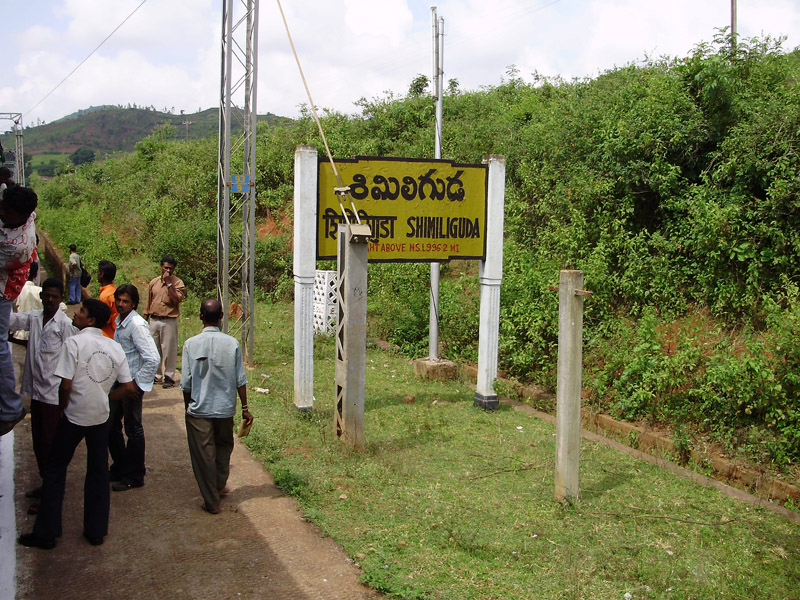
Rishikonda Beach: Located about 8 km north of Vizag is the Rishikonda Beach. Unlike the R K Beach this is a secluded beach ideal for the bold and beautiful. Ideal for water sports like wind surfing or paragliding this beach is a hub of adventure activities. The less adventurous can opt for a boat ride deep into the sea, offering a spectacular panoramic view of the port city.
The faint hearted can just roam on the lonely beach munching on freshly fried fish and gulping it down with coconut water. The numerous marry – go – rounds are ideal for keeping the children busy.
A few resorts are located on the Rishikonda Beach making it a perfect gateway for tourist, who prefer to stay “far from the madding crowds.”
Vuda Park: Located near the R K Beach is the Vuda Park. The Vuda Park is an ideal family gateway complete with beautiful playfields, artificial caves, sculptor’s gallery and many more attraction. The park also has boating facilities and has a roller skating ring. As darkness sets in the dancing musical fountains of Vuda Park comes into life, with jets of water shooting in all directions illuminated with colourfull lights coupled with background music.
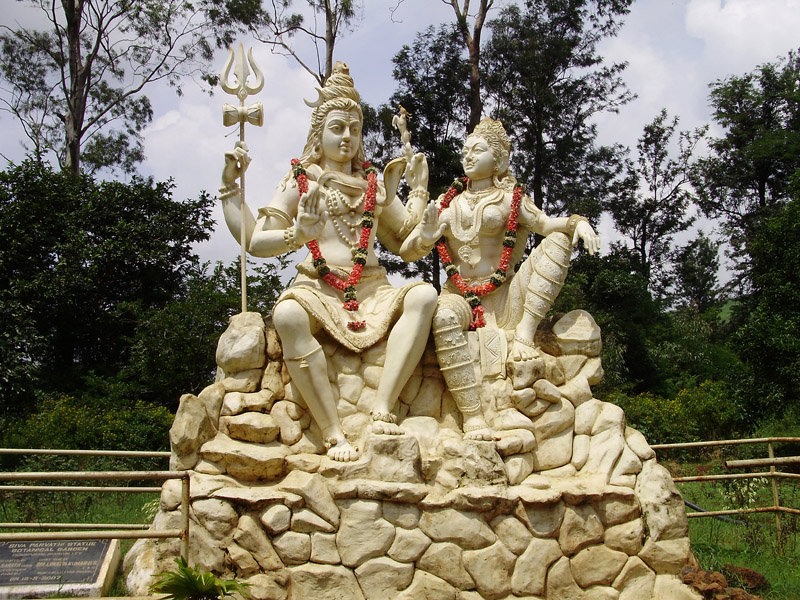
Kailashgiri: Located on the Northern end of Vizag lies the hill of Kailashgiri. Strategically located Kailsgiri not only offers a spectacular view of the port city of Vizag but also offers a host of amusement activities. A beautiful gate welcomes visitors to Kailashgiri followed by a floral clock. A giant white statue of Shiva – Parvati dominates the Kailashgiri skyline. But the greatest attraction of Kalishgiri is the view of Vizag town. The crescent shaped costline is visible from all parts of the hill but the best views are available from the Titanic View Point approachable by a lift.
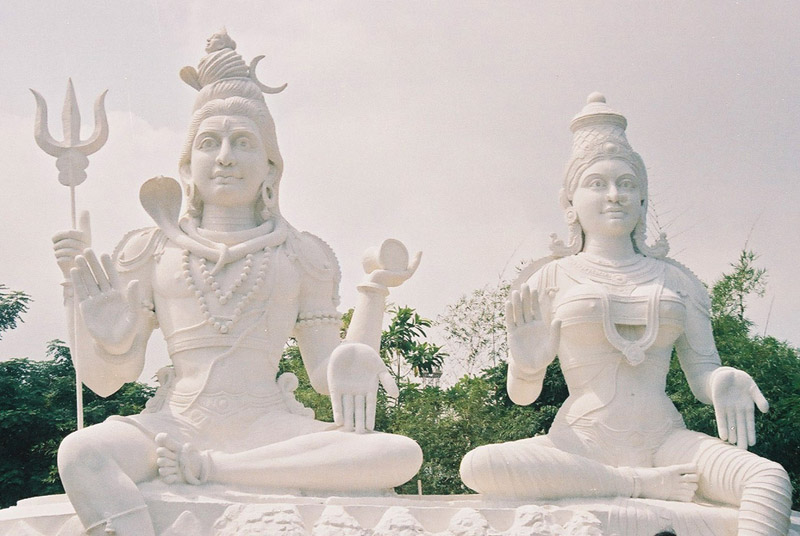
The other two main attraction of Kailashgiri are the ropeway and the toy train. The glass roofed toy train goes round the hill offering grand views of the Eastern Ghats and the Bay of Bengal. The ropeway also makes its way up and down the hill offering grand 3600 view, through its fiber glass cabin, of the town and the surrounding. The 375 meter long ropeway is considered as one of the longest in costal India.
The whole park is landscaped with beautiful lawns and flower beds and the food court sells excellent South Indian food along with ice creams and fruit juice.
Ross Hill: Ross Hill, or Kanyamary Konda, is one of the highest hills in the Vizag reason it offers a grand view of hills and sea. Taking advantage of its location an Englishman named Ross built a house on top of the hill in 1864. The house remains to this day but converted into a Catholic chapel named “Our Lady of the Sacred Heart.” The temple also has a distinction of housing a temple dedicated to Sri Venkateswara Konda and a mosque containing the tomb of Muslim saint Sayed Ali Medina, popularly known as Ishak Medina. Thus Ross Hill stand as a unique example of unity in the diversified land of India.
Bhimlipatanam: Located about 30 km north of Vizag lies the town of Bhimlipatanam, lovingly called Bhimli. About 350 years ago the Dutch took advantage of the natural harbor of Vizag and settled in Bhimli, making it one of the earliest European settlements in East Coast. The Dutch cemetery still stands on the Bhimli Beach containing several obelisk styled graves, the earliest one dates back to 1661.
A statue of Mahatma Gandhi leading the Dandi march welcomes one to the Bhimli beach. To the right of the statue lies the graveyard while the beach is on the right. The beach with a small light house is covered with golden sands with several rocky outcrops. A beautiful mermaid statue is placed on a rock overlooking the sea creating a fairy tale environment. Also several other colourfull statues of Hindu gods & goddesses dot the Bhimli beach but none matches the grace and beauty of the little mermaid.
If you have time do head for the Bhimli town. Today Bhimli represents any small town in India. Nothing much remains of Bhimli towns’s colonial past but the clock tower at the town centre still strikes reminding one of Bhimli’s Dutch past.
Yerra Konda: A few kilometer south of Bhimli beach is the Yerra Konda, literally meaning the Red Hills. The Red Hills are located slightly off the beach and creates a striking contrast against the lush green hills. Over the centuries forces of nature like the wind and water have curved out intricate patterns on the Red Hills.
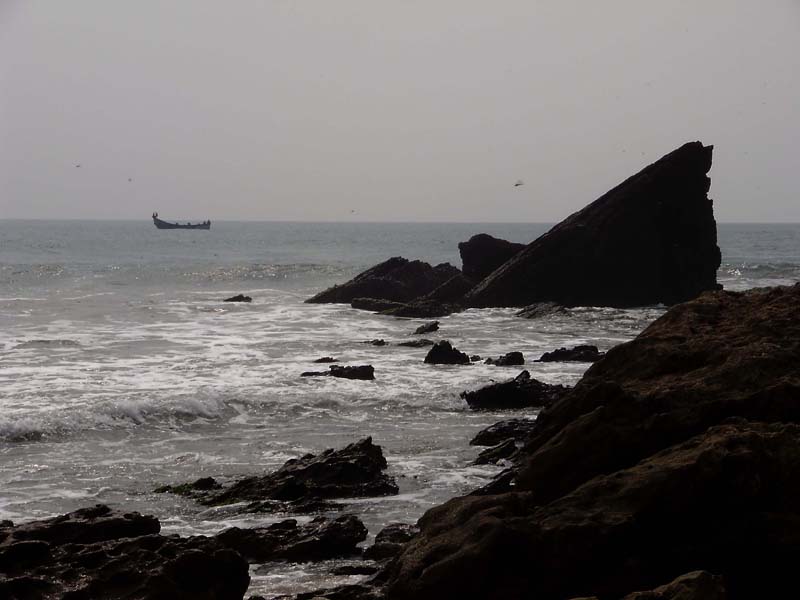
Thotlakonda & Bavikonda: Strangely it was not the Europeans who first took advantage of the natural harbor. The history of Vizag as a port town dates back far beyond the days of the Christ. It was probably the Buddhist monks who first took advantage of the natural harbor and the hills to build their monasteries and centres of learning. Built on hill tops these Monasteries, provided natural protection against invading armies, and a proximity of a natural harbor gave them the opportunity to keep in touch with the outside world.
In late 1970s an aerial survey, of Vizag port, by the Indian Navy chanced upon some strange structures located on top of a hill, called Thotlakonda overlooking the Bay of Bengal. This led the archeological department to carry out an excavation, which reveled a stupendous structures consisting of stupa, chaityagrihas, pillared congregation halls, Viharas with cells, bhandagaras (store rooms), refectory (bhojanasala), drainage, stone pathways and huge water reservoirs, justifying the significance of the name. Excavation was extended to the nearby hill of Bavikonda, reveling similar structures.
Located on the hill tops, between Vizag and Bhimli, are the scattered ruins of the two Buddhist sites on Thotlakonda and Bavikonda. Both belong to the Hinayana (lesser Vehicle) school of Buddhism, where Buddha was worshiped as a symbol, hence no statue of Buddha havebeen unearthed from the archeological digs.
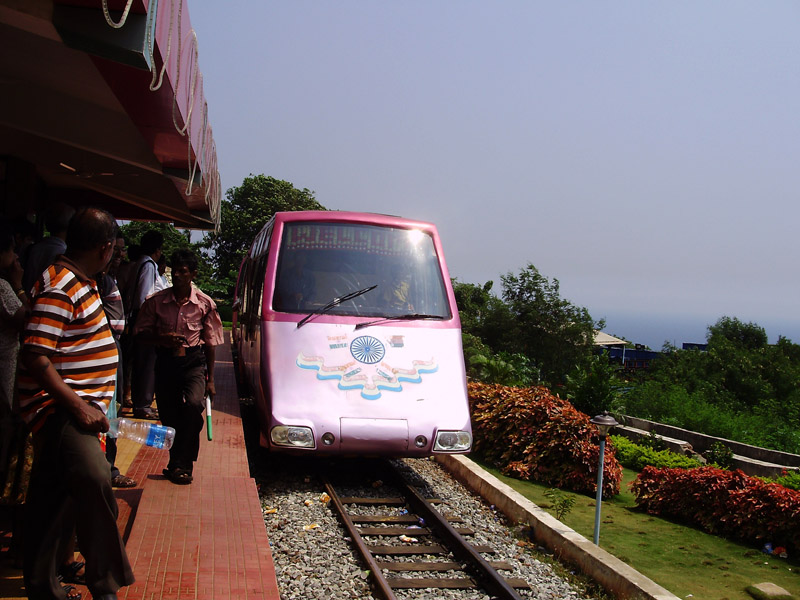
Totlakonda is located just of the sea and a Buddhist style gateway, on Vizag – Bhimli road welcomes one to the Buddhist site. Spread over 120 acres, the complex contains remains of an ancient Buddhist monastery and an advance centre of learning. This Hinayana school of Buddhism of the Kalinga empire flourished from the 2nd century BC to the 2nd century AD. Today, the ruins lie scattered on the hill, overlooking the crescent coastline stretching all the way to Bhimli in the north and Vizag in the south.
A little bit of the sea and located on a hill top are the ruins of Bavikonda. Bavikonda is among the oldest and most sacred Buddhist sites in Asia. The most important finding in Bavikonda is a relic casket at Mahachitya, which contained a huge quantity of ash, charcoal and bone — supposedly the remains of Gautama Buddha. The ruins contain huge circular tanks, which according to experts were using not only for storing water but also for dyeing the robes of the monks. Sadly Bavikonda doesn’t offer a view of the sea.
Indira Gandhi Zoological Park: Located on the Vizag – Bhimli road is the Indira Gandhi Zoological Park, Vizag’s very own zoo. Built in 1977 the park coversan area of 635 acres and is famous of wild dog breeding in captivity. A well planed layout of the zoo allows the animals to live in natural environment. A mini train runs all round the zoo allowing the visitors to view the animals in their natural habitat.
Dolphin Nose and Yarada Beach: Dolphin Nose is probably Vizag’s most well known landmark. A portion of the Eastern Ghats juts out into the Bay of Bengal, giving it the impression of a dolphin nose, hence the name Dolphin Nose. The Dolphin Nose located on the far Northern end of the town and rises to a height of 358 mts above sea level. A lighthouse stands on the hill and offers a spectacular view of the town as well as that of the port. The light house is open to tourist and one of the few lighthouses in India which allows photography. At the night the flashing light of the light house is visible from as far as the R K Beach.
Located just north of the Dolphin Nose is the Yarada Beach. This is the most secluded of Vizag’s beaches and even not many locals are aware of its existence. The journey to the beach is a adventure in itself as the car meanders up the Easten Ghats, past the Dolphin Nose, and finally descends to golden sand beach of Yarada. The beach is covered with very fine golden sand with occasional rock outcrops.
At the northern end the beach merges into a vertical cliff emerging straight out of the Eastren Ghats and plunging in to the Bay of Bengal, creating a striking contrast of sea and hill. You can sit for hours admiring the waves of the sea crushing into the sheer rock cliffs, as the spray from the sea water drenches you. The less adventurous one can just sit on the small park adjoining the beach and feast of the south Indian delicacies sold by a small eatery.
Simhachalm Temple: The word Simhachalam means “Hill of the Lion.” The 11th century Simhachalam Temple is built on a hill overlooking Vizag and is dedicated to the Lion Headed incarnation of Vishnu, Narasingha Deva.
The 11th century Simhachalam Temple is built by Krishndevarayam and is considered as the second richest (Tirupathi is the first) Hindu Temple in the world. Located at a hill towering 244 mts above sea level the Simhachalam Temple is well connected by road but still a group of pilgrims follow the step winding trail to the temple.
Unlike most Hindu temple which faces east, Simachalam faces west. According to Hindu belief an East facing temple brings prosperity while a west facing one brings victory. A 16 pillared Natya Mandap and a Kalyana Mandap are the prime attractions of the thousand year old temple.
The idol of Narsinghadeva, housed inside the temple, is not visible as it is covered with sandal wood paste. Only on the auspicious day of Akshya Tritia (in late April) the past is cleared and the idol is visible to the public. Puja can be offered at the temple and it is best to get a VIP ticket as it offers comport and also saves time.
The exterior of the temple are contains beautiful stone carvings depicting flowers, plants and even elephants. It also contains a curving of the temple deity Lord Narasingha Deva.
Araku Valley:
Araku Valley and Bora caves are the most sort after excursion from Vizag. Although hectic both the sites can be covered in a single day. It is best to take the train for the onward journey followed by a bus journey for the return journey. Andhra Pradesh tourism arranges a rail cum road day tour of Vizag & Araku.

Araku: No trip to Vizag is complete without a visit to the lush green valleys of Araku Valley, along with the Bora Caves. Located North West of Vizag the beautiful valley is connected by a 150 km long rail track. An engineering marvel the rail tracks meanders through the Eastern Ghats passing through 52 tunnels and 84 bridges.
For the best views it is best to take a morning Kirandul Passenger from Vizag, a window sit on the left offers the best views. The train follows the Chenni – Howrah line till Kottavalas from where it takes a left diversion towards the Eastern Ghats.
After about two hours of journey through the lush green coastal plains merges into the even greener Eastern Ghats, marking the starting points of tunnels and bridges. The line meanders past lush green valleys, towering cliffs and thundering water falls, passing through several tunnels some couple of meters long while several others stretching over 100 meters. The longest tunnel has length of 520 meters. Just before reaching Araku the train stops at the Shimiliguda Station, located at a height of 996.32 feet it is the highest broad gauge rail station in India.
The Vizag trip starts with a visit to the Padmapuram Botanical Garden, housing a large collection of rare and exotic trees and plant. The garden is beautifully landscaped with statues and fountains and the star attraction is the beautiful statue of Shiva – Parvati.
The next stop is the tribal museum. Out of the 33 tribes of Andhra Pradesh 15 are inhabitants of Araku. The double storied circular structure of the museum represents a local tribal hut and contains tribal artifacts not only of the Arku region but also of the neighborhood. The gallery has several sections like agriculture, weapons, music, household items, etc each displaying a large collection of items.
Lunch is followed by the Dimsa dance, a tribal dance performed by local tribal women, with men accompanying them by beating drums and other musical instruments. The dance, although fast follows simple steps and is easy to follow. This allows the female tourist to join the dance and experience tribal Araku culture first hand.
Bora Caves: Bora caves are located 90 km north of Vizag on the Anantagiri Hills. The Bora Caves were discovered in 1807 by British geologist William King and according to geologist the formation of the caves dates back to 150 million years. According to geologist the humic acid in the water reacts with calcium carbonate in the limestone and dissolves the minerals breaking the rock gradually, resulting into a huge hole or the cave. In fact “Bora” means hole in Oriya.
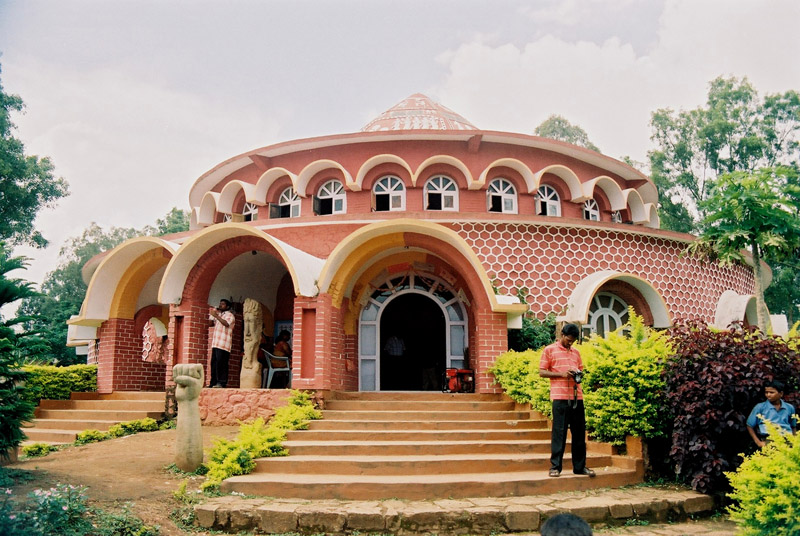
The entrance of the Bora Cave is located at a height of 705 meters and is quiet wide. The entrance narrows down as one follows the meandering steep uneven staircase to the bottom of the cave, located at 625 meters, opening up into a big hall. The hall contains several large stalagmites and stalactites. Stalagmites and stalactites are formed by the dissolved calcium bicarbonate in water which filters through the roof of the cave. The mounds on the ground are called stalagmites and the spear like structures hanging from the roof are called stalactites. Often the stalagmites and stalactites join together to form pillar like structure.
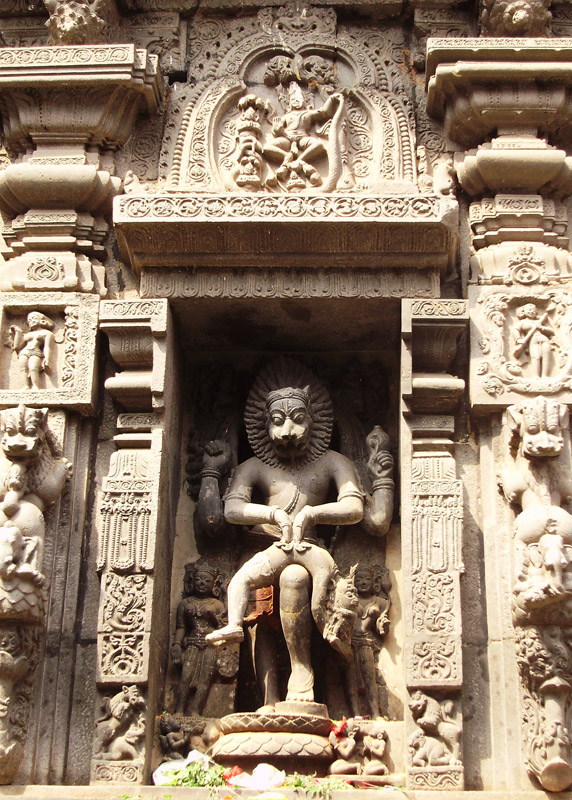 The stalagmites and stalactites combine together to form strange shapes igniting the imagination of locals and tourist alike resulting into different names like Shiva – Parvati, mother – child, rishi’s beard, human brain and so on. At the centre of the hall is a small plaque marking the Vizag – Kirandul rail track running above the cave. The stalagmites and stalactites combine together to form strange shapes igniting the imagination of locals and tourist alike resulting into different names like Shiva – Parvati, mother – child, rishi’s beard, human brain and so on. At the centre of the hall is a small plaque marking the Vizag – Kirandul rail track running above the cave.
Although the cave is 200 meters long but it takes over 350 meters of walk to reach its end. A small narrow passage from the main hall leads to another hall much larger in size and containing more stalagmite and stalactite. But the most popular attraction of the Bora caves is a stalagmite, in the shape of a shiva linga, located high above the cave. It is reached by two flights of steep steel stairs and devotees and tourist alike climb these with great difficulty to offer puja to the natural linga, and finally retracing your steps back to Vizag.
The caves are well light and stairs case, although steep, are provided with hand rails making the difficult terrain accessible for leisurely tourist, but it is still a difficult and strenuous walk.
The flourishing tourist spot of Vizag and Araku, are among the few tourist spots in India, which provides something for everybody. From the curious historian (Budhist Archeological sites) to adventure lovers (water sports at Rishikonda), from the pious pilgrim (Simachal;am Temple) to the romantic honeymooners (cottages of Rishikonda Beach), From the tech zunkies (Vizag Araku railway) to the nature lovers (beaches and hills) and last but the least the casual tourist (lots of things to see, eat and shop).
Suggested 4 day itinerary for Vizag & Araku Trip:
Day1: Assuming you reach vizag in early morning.
- Take a car and head for Bhimliptanam. Visit the beach, Dutch cemetery and if possible the town.
- Visit Yerra Konda.
- Head for the Buddhist site of Thothlakonda & Bavikonda and the zoo.
- Visit Indira Gandhi Zoological Park.
- Visit the Rishikonda Beach. Take part in various adventure activates or a boat ride deep into the sea.
- After some rest at the hotel head for the Submarine Museum, Visakha Museum and Aquarium and spend the evening in R K Beach.
Day2: Keep the day 2 for the Araku – Bora Cave trip. AP Tourism organizes a day long rail cum road tour to Araku and Bora Caves.
- The trip includes visit to Padmapuram Botanical Garden, Tribal Museum and also a Dimsa dance performance by the local tribal women.
- Vegetarian food is provided. It includes breakfast, lunch and coffee & snacks.
Day3:
- Take a car and head for the Simachalam Temple. If you are offering puja at the temple buy a VIP ticket to avoid rush.
- Get back to the hotel by afternoon and head for Kailshgiri, which houses a host of different activities. Do spent the evening out there.
Day4:
- Take a car to the Yarda Beach and Dolphin Nose and Ross Hill get back to the hotel by afternoon.
- After short rest you can spend the evening shopping.
|

